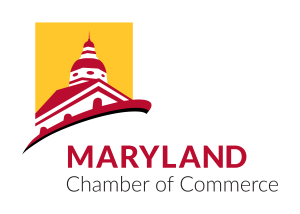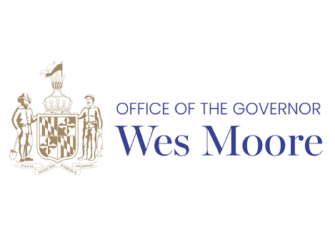
With Maryland’s economy showing signs of weakness as it recovers from the effects of the pandemic, the state should take care to exercise restraint in pursuing additional, expensive energy and climate policies on the backs of utility ratepayers at a time when many are still having trouble paying their utility bills. With over $900 million in utility rate increases currently pending before the Public Service Commission – and Marylanders already on the hook to repay utilities nearly $1 billion to fund the state’s energy efficiency program – now is a good time to reflect on where we want to go and how we will get there.
Over the past several years, Maryland has enacted arguably the most comprehensive and progressive clean energy and climate legislation in the nation. While many are familiar with the state’s laudable goal to achieve 100% clean energy and to reach net-zero greenhouse gas emissions by 2045, they are likely unaware of the dozens of other energy and climate policies that either are currently in place or will take effect later this year. Further, drawing the public’s attention to arcane matters such as public utility rate proceedings – where the costs of many of these policies are now recovered – is difficult under the best of circumstances.
I caution our policymakers and elected officials to exercise restraint in having ratepayers foot these costs with economic doldrums on the horizon.
Read outgoing Maryland Public Service Commission chairman Jason M. Stanek’s guest commentary here



